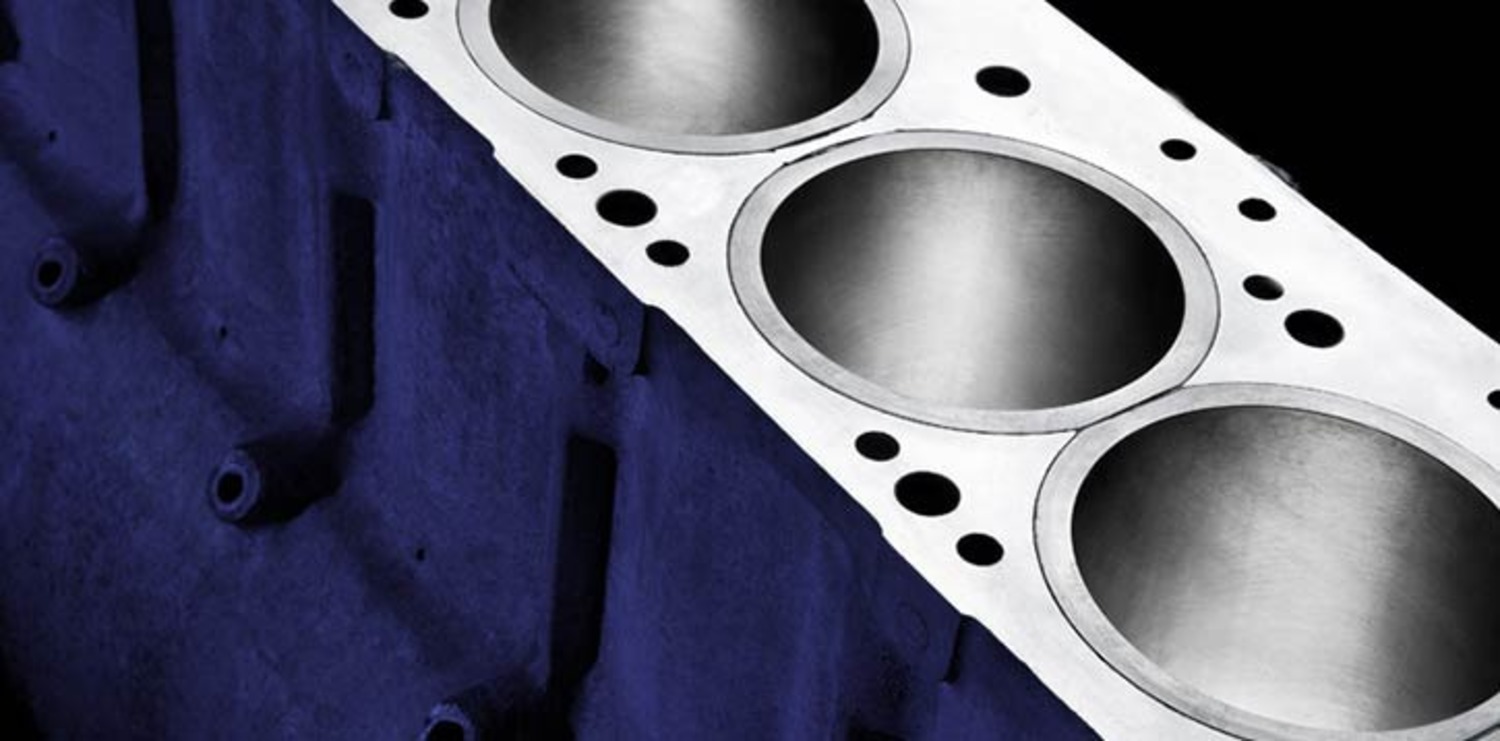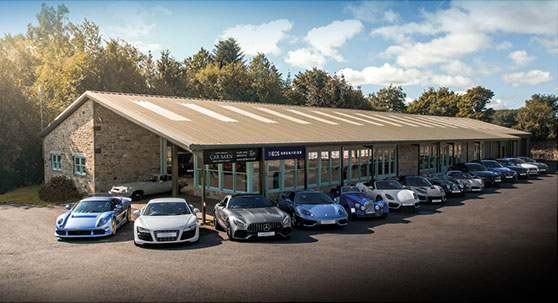
The main elements of a fast road engine involve:
- An increase in engine capacity to a maximum of 4.5 litre, that is the limit on the safe cylinder bore size that can be reliably tolerated. It is more normal to increase to 4.2 litre, that has become the default specification for any overhauled DB4, DB5 and DB6 engine. While the 4.2 litre engine leads only to a very minor increase in power, there is some useful mid range improvement in torque, but to achieve any significant increase in performance, other changes to camshafts etc will be required.
- Carburation – The original standard engine configuration involved a variety of different carburation arrangements, ranging from twin SU HD8s on the DB4, triple SU HD8s on the DB4 Vantage specification, and with the DB4 GT, triple twin choke Weber DCO-E9s. Later, with the introduction of the 4 litre DB5, the triple SU HD8s became the default with the Vantage tune standardising with triple twin choke Weber DCO-E9s.
- Fast Road Camshafts – there are several candidate camshafts to choose from, depending on the initial state of tune and the camshafts fitted have evolved over the production of DB4, DB5 and DB6 engines. One aspect of fitting “bigger” cams will be an increase in tappet noise, resulting from the steeper cam profiles that are used. Today, the choice of cams for the fast road engine are several, but we would recommend:
- Aston Workshop Fast Road– these retain the flexibility and smoothness of the standard engine, but provide a general improvement in mid and top range torque. These suit best those who want a more lively car, but do not wish to compromise flexibility in traffic
- Aston Workshop High Lift – best suited to use with the DB5 and DB6 Vantage with triple Webers, in which they provide a very noticeable and consistent increase in engine torque of the region of 25% or so over the standard spec. The car will feel noticeably livelier and from 2 to 2500 rpm, it will pull particularly strongly all the way to the red line. The downside is a slightly lumpy tickover and some loss of flexibility below 2000 rpm.
- Aston Workshop Fast Road– these retain the flexibility and smoothness of the standard engine, but provide a general improvement in mid and top range torque. These suit best those who want a more lively car, but do not wish to compromise flexibility in traffic
- Lightweight Forged Steel Crankshaft – While this component is not an essential addition to the fast road engine specification, if the engine is being given a complete overhaul, the additional cost arising from the fitment of this new crank compared to the cost of regrinding and polishing the original is marginal and with the added assurance of standard sized journals as opposed to reground undersize journals.
- Lightweight forged Cosworth pistons and new cylinder liners – a rebuild of an engine involving conversion from the 3.7 or 4 litre to 4.2 or 4.7 litres will involve fitting new liners and pistons.
- Compression ratio – This is set for the requirments of the engine.
- Ignition – As part of the default specification will be the fitment of a full solid state electronic ignition using the 123 Distributor. This will not only control the advance curve for the ignition more accurately, but will also provide a higher intensity spark with commensurately cleaner exhaust emmisions.



